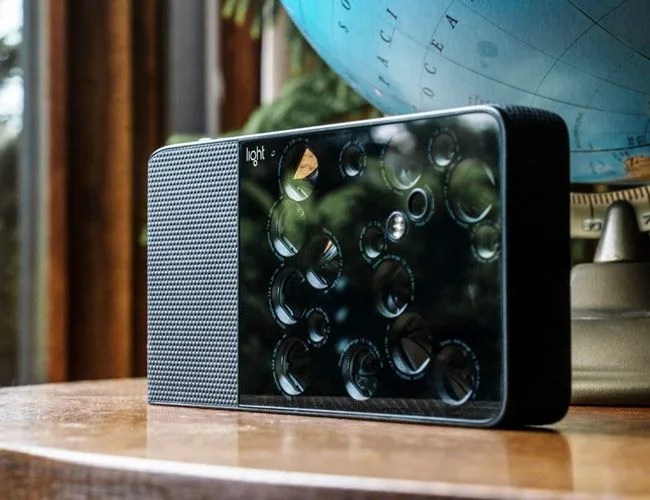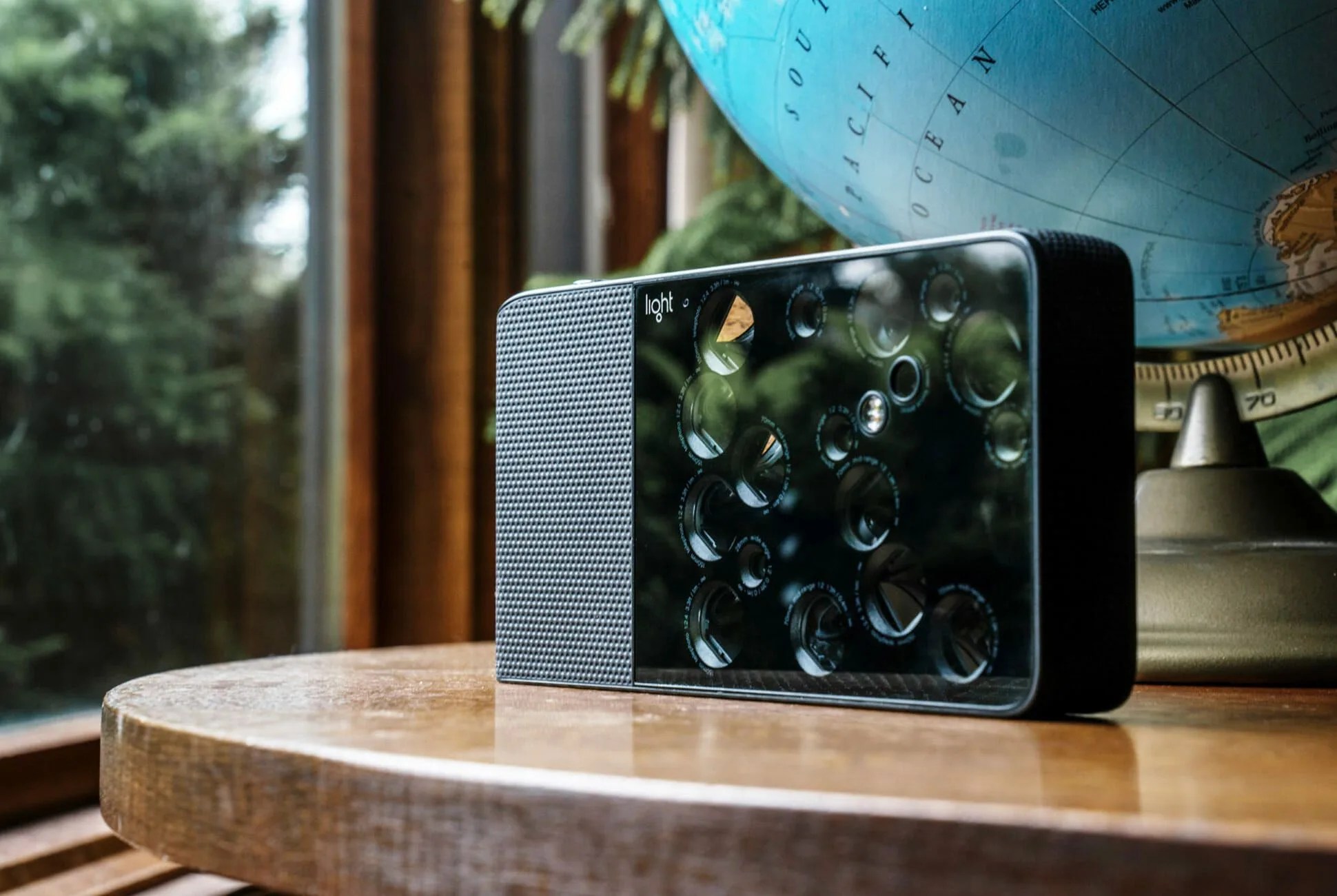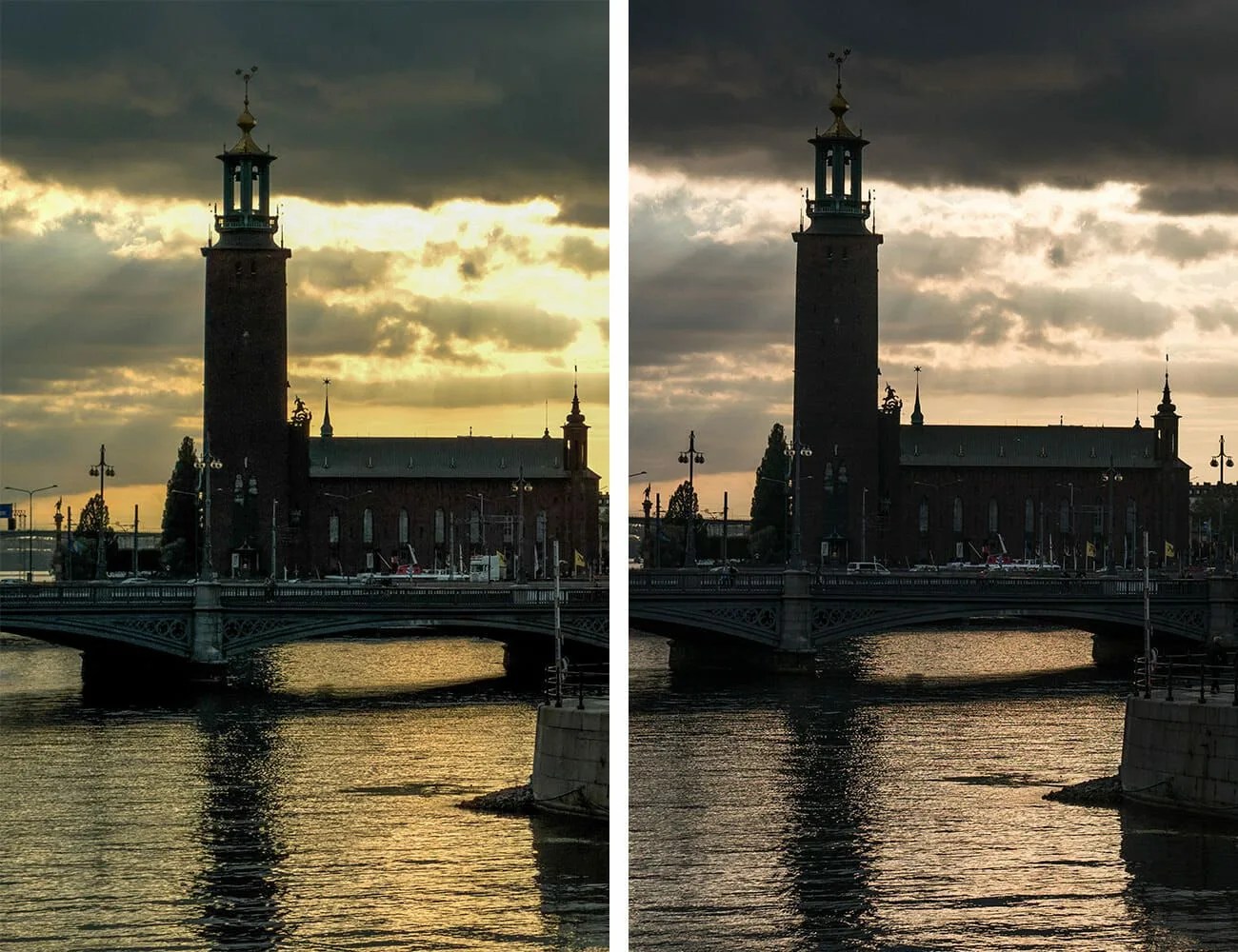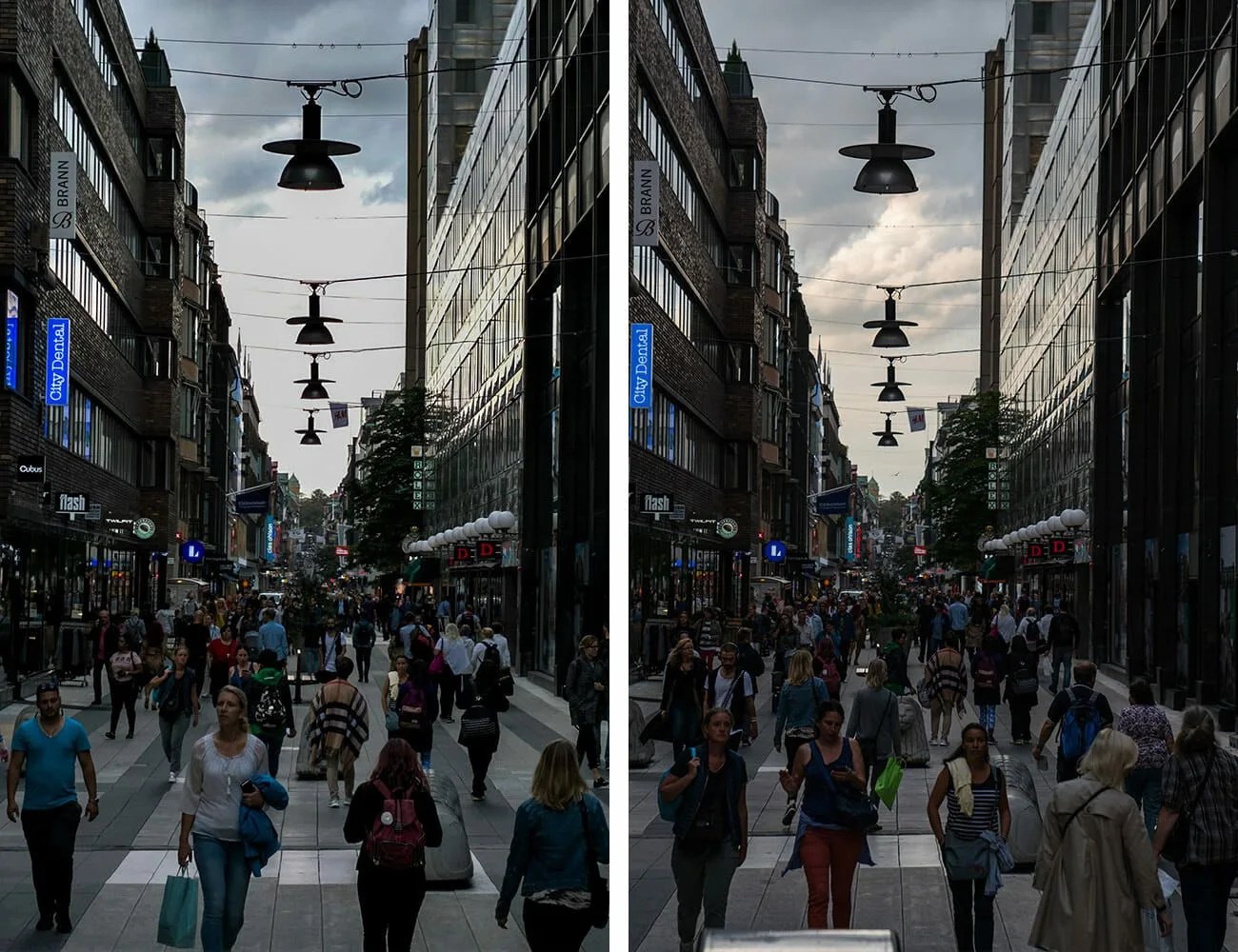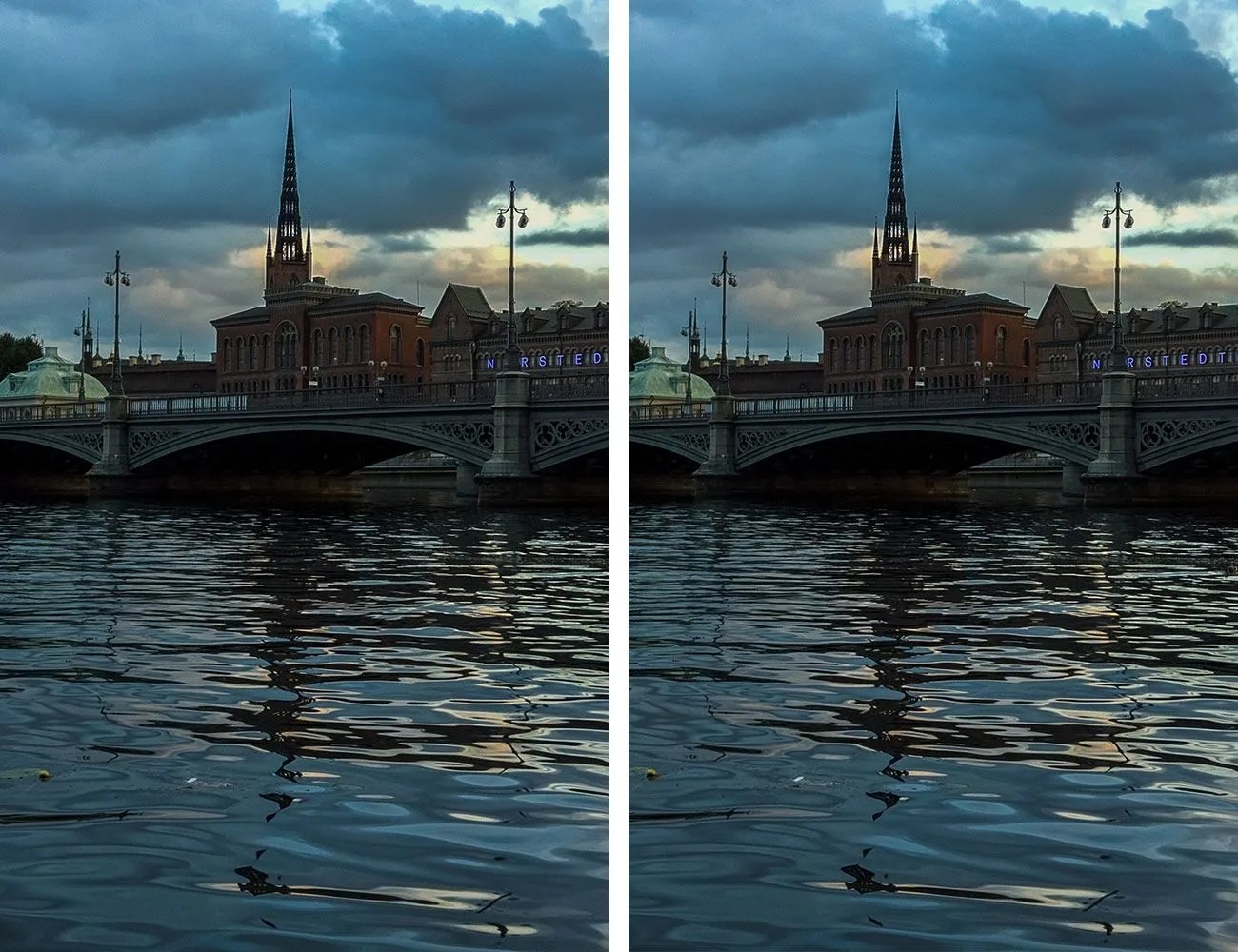2 photos
The Light L16 is a compact camera, about the size of several smartphones fused together, that uses different combinations of 16 lenses of varying focal lengths to capture individual high-resolution images. Its major feat is offering a huge zoom capability of 28mm to 150 mm in such a small package, as well as granular control of the camera settings entirely through the rear touchscreen. The technical achievements are significant: compressing long-focal-length lenses into a slim body through mirror-intensive folded optics, and software that can merge images from different sensors into usable final shots. The question is whether it’s worth it – does the L16 provide a benefit that conventional cameras, whether smartphone, compact, or interchangeable-lens, cannot match?
The Good: The wide zoom range of 28mm to 150mm provides great versatility when composing shots, and the robust 52-megapixel final product, stitched together from different combinations of the lenses and sensors on the face, gives you a lot to work with while editing. This includes a high dynamic range of 13 stops, achieved by taking multiple exposures at different values, and the depth-of-field control that allows you to shift focus later. (The images are shot at f/15, but adjustable down to f/2.) Also, the integration of all controls, save the shutter button, and the five-inch touchscreen makes for a very clean, attractive design.
Who They’re For: Photography enthusiasts who like to travel light, but want more versatility than just a smartphone can provide. It’s also for well-heeled early adopters, those willing -— or excited — to invest in radical new technology and exploit its innovation in clever and creative ways, and be willing to deal with compromises that may emerge. In short, you have to not just want a compact new camera; you have to want this one.
Watch Out For: Lots of things: 1) that $2,000 price tag is extraordinarily steep for what’s essentially a pocket camera. 2) Processing artifacts, as when images from multiple lenses are digitally combined, leading to slight mismatches in alignment and exposure. 3) Real-world usability, which suffers slightly as a result of the touchscreen integration of functions. If you’re shooting in a hurry, having to make exposure changes via a touchscreen is always a slowdown compared to mechanical controls on the camera body. 4) Poor low-light performance: Much like smartphones, the camera loses its edge when the sun goes down. 5) The fact that people will stare at you. The array of lenses on the front looks distinctly insectoid, drawing the curious or revolted. On the other hand, that makes it quite a conversation-starter, for sure. 6) Finally, it even feels kind of alive, too, with the mirrors in the folded-lenses twitching almost constantly as they try to focus on subjects. That can be distracting, and kind of creepy.
Alternatives: Other compact and versatile cameras that are competitive with the Light L16 include: Sony RX100 VI ($1,199), Canon Powershot G3 X w/ Electronic Viewfinder ($950) and Panasonic Lumix ZS200 ($750)
